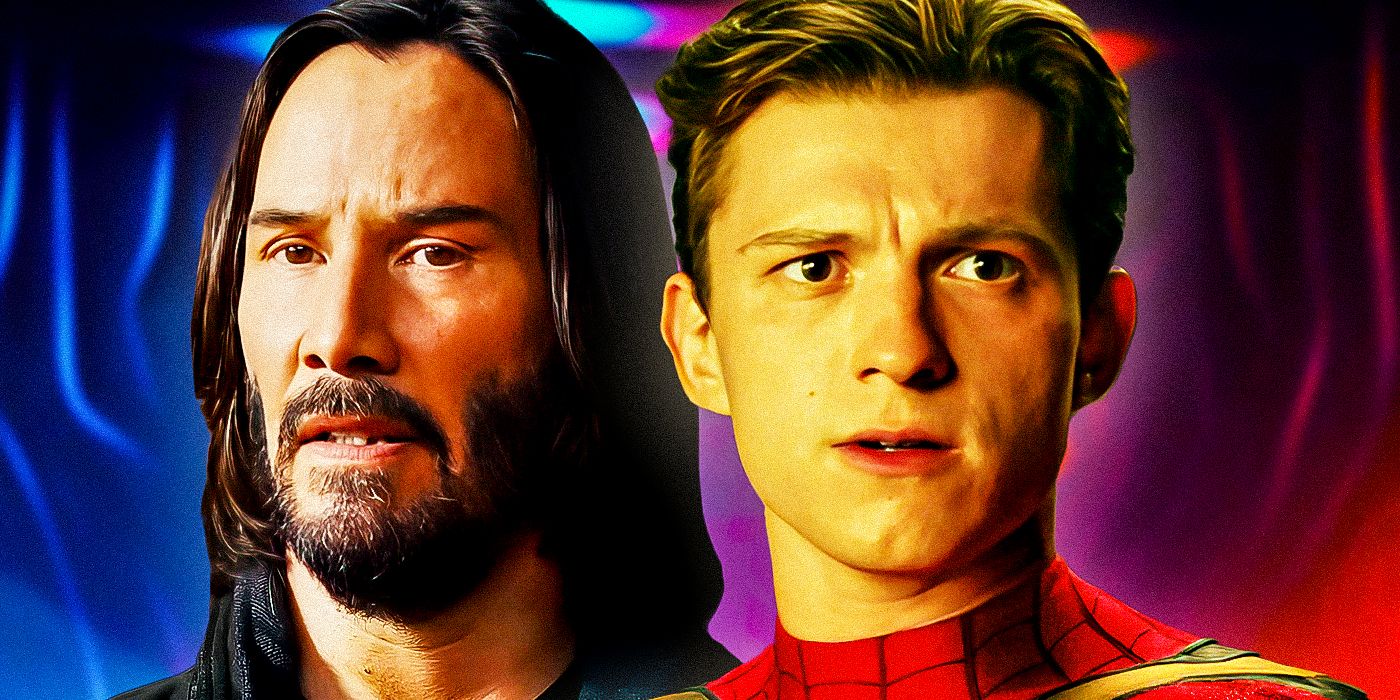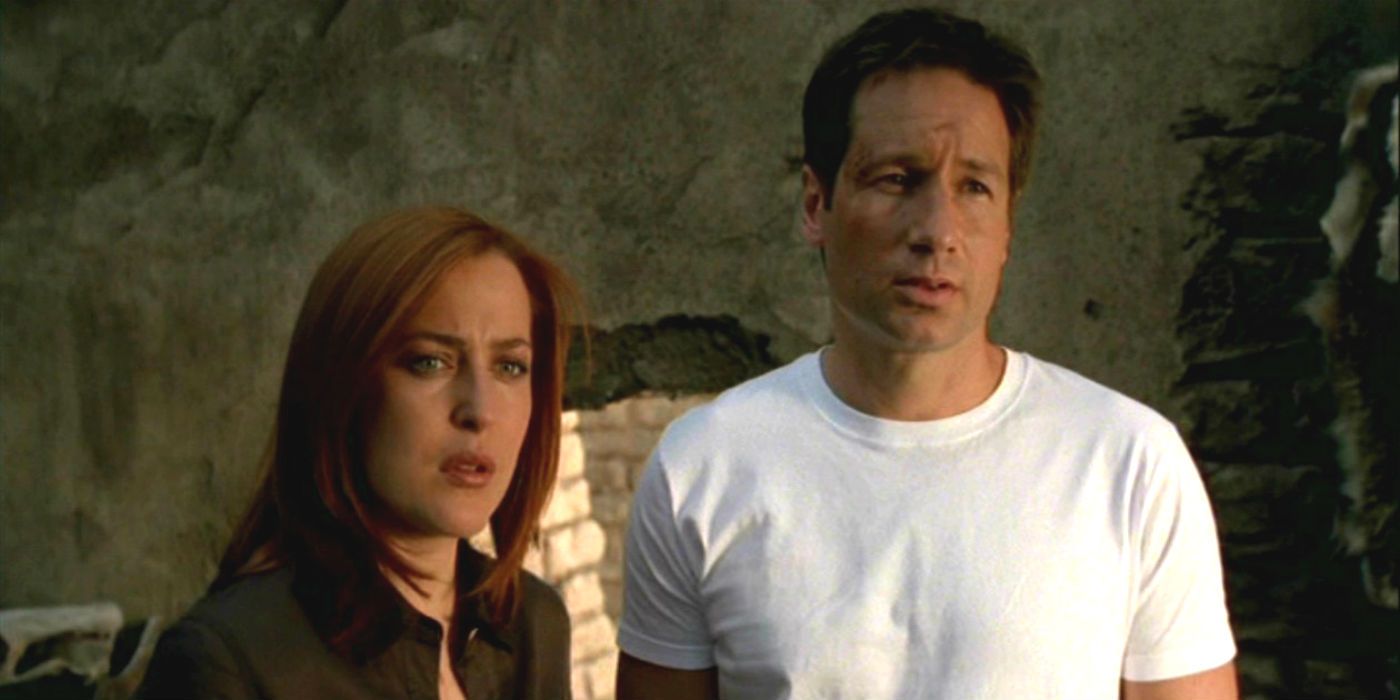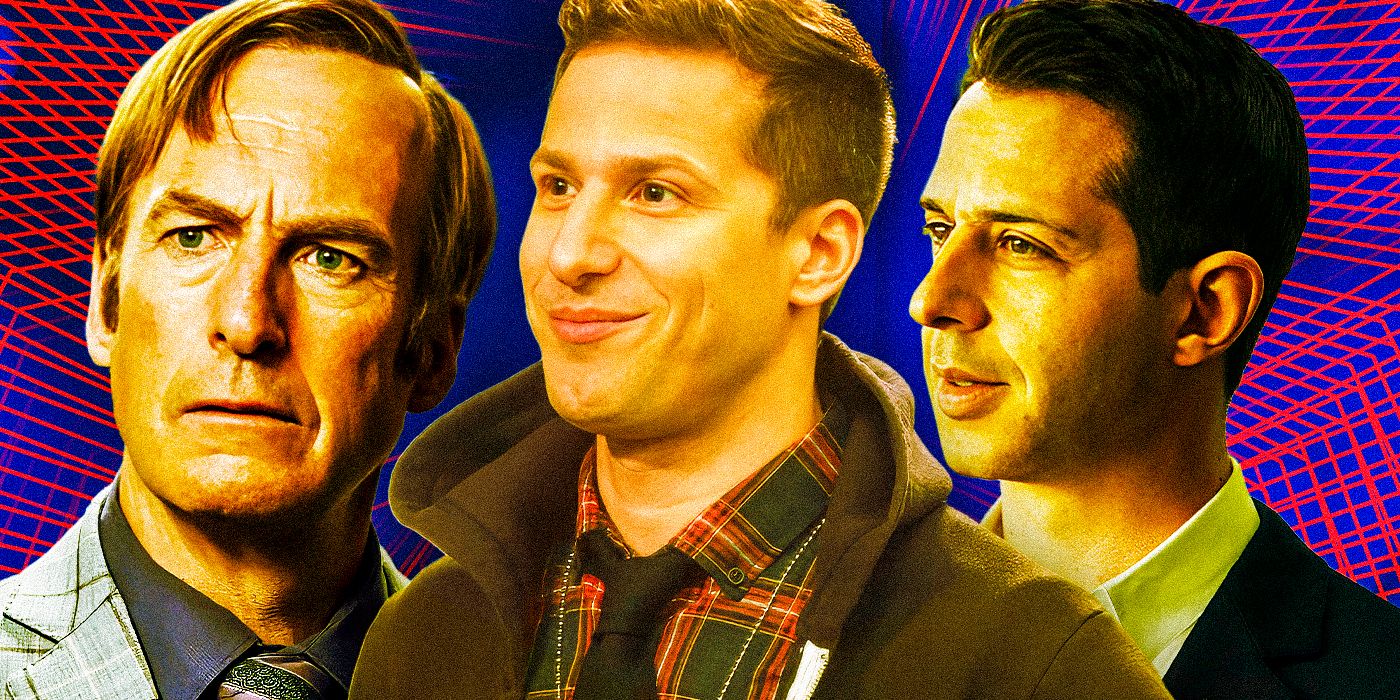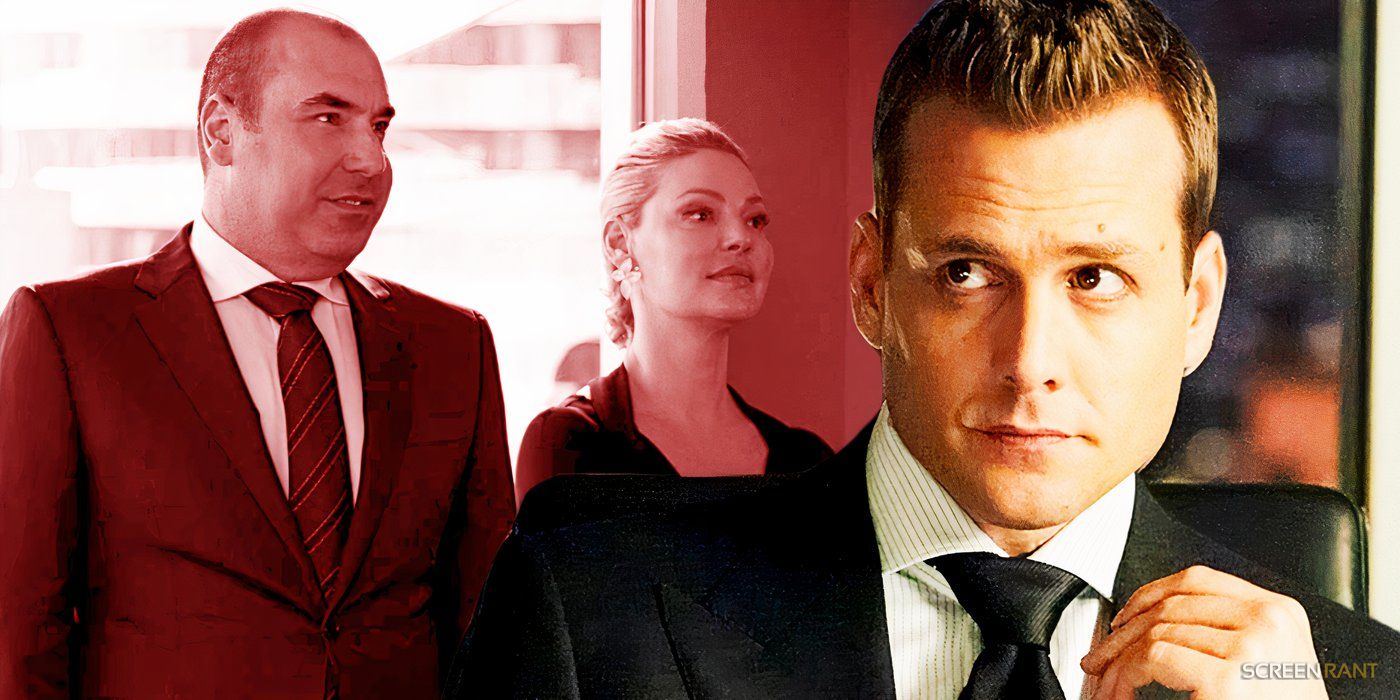The ’90s brought about numerous animated series with a few dominating pop culture conversations, leaving other shows to go unrecognized. ’90s cartoons such as Rugrats and Pokémon still receive acclaim and fanfare decades after their premieres for their innovative animation and storytelling. It’s because of these larger shows with massive success that smaller series have fallen under the radar, especially considering the heightened quality needed to stand out among competitors. Many of the kid’s shows from the decade had a similar setup that featured a heroic lead, typically endowed with superhuman abilities, fighting various bad guys.
Therefore, unless there was a considerable difference in quality for a TV show, it was difficult to break through the mound of shows with vaguely similar descriptions. Additionally, coming off the ’80s when shows were made to promote a collection of action figures, the ’90s attempted to do the same thing. However, it was difficult to follow successful predecessors such as The Transformers and Teenage Mutant Ninja Turtles and the ’90s saw unmatched results. Despite this, there are many examples of accomplished children’s entertainment from the ’90s that don’t get talked about enough, but hold up years later.
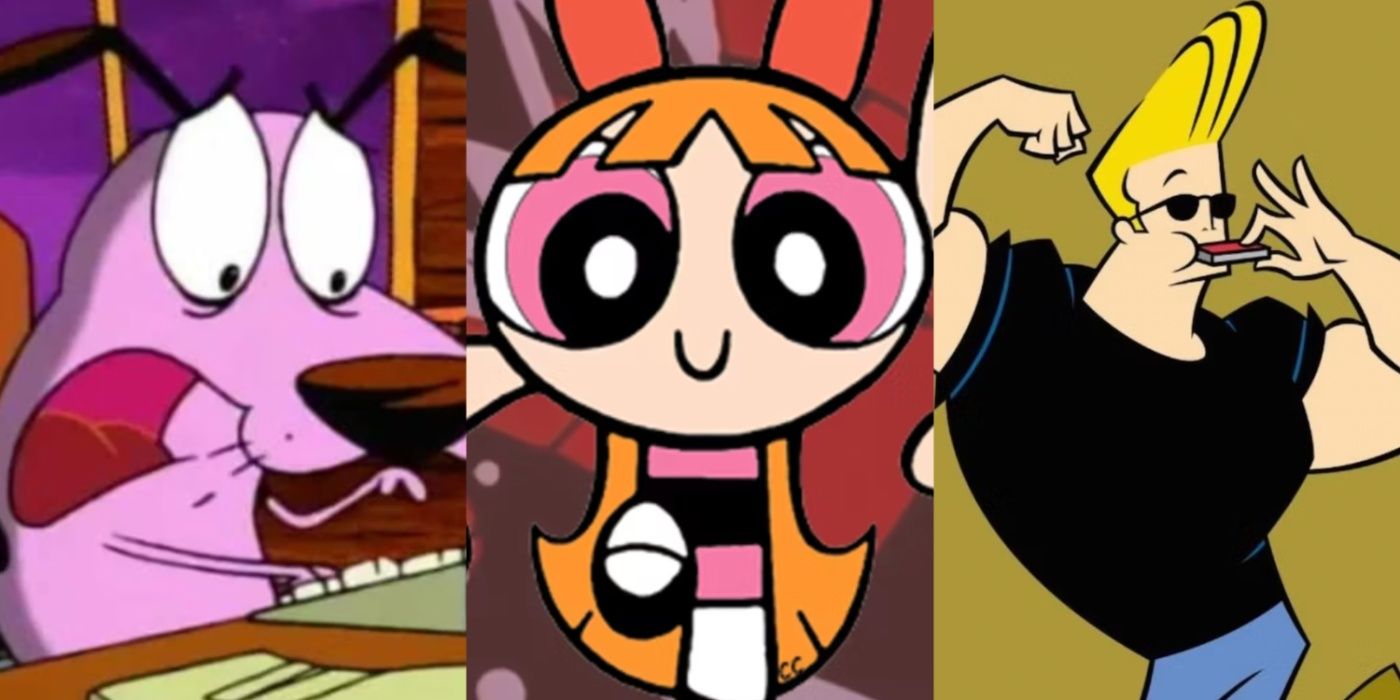
Related
Every Original Cartoon Network Show Of The 90s, Ranked
Cartoon Network was a juggernaut on cable during the ’90s and these fantastic original series were a major reason for its success.
10
2 Stupid Dogs (1993-1995)
The Daily Shenanigans Of Two Naive Dogs
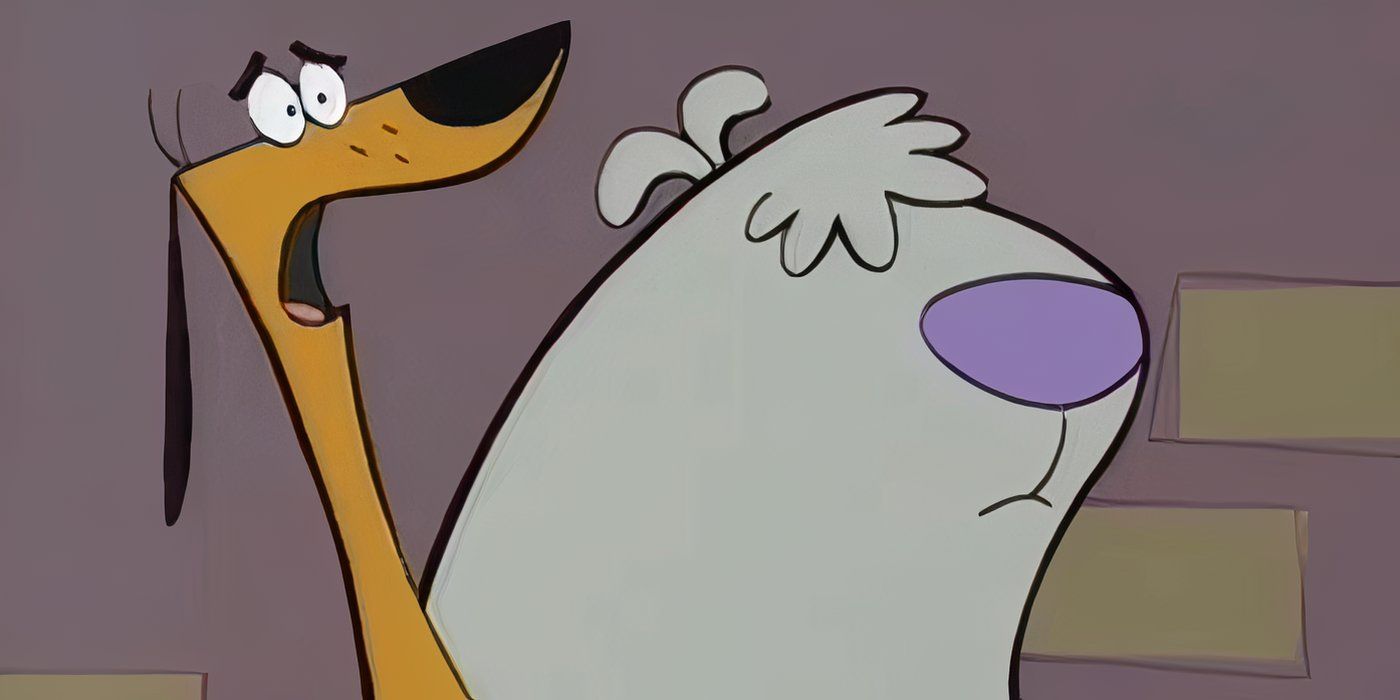
Sometimes the most effective way for an animated series to stick with audiences is by being an entertaining escape from day-to-day obligations and that’s exactly what 2 Stupid Dogs did in the early ’90s. 2 Stupid Dogs follows the daily adventures of two obtuse dogs, as the series’ name would suggest, Big Dog and Little Dog. Alongside various other four-legged friends, Big Dog and Little Dog provided audiences with plenty of laughs.
Produced by Hanna-Barbera Cartoons, 2 Stupid Dogs was compared heavily to Nickelodeon’s Ren & Stimpy, which premiered a few years earlier. Ren & Stimpy was a massive success for Nickelodeon and its acclaim is likely why 2 Stupid Dogs didn’t garner as much attention, though it deserved to. While 2 Stupid Dogs didn’t break through the abundance of animated series from the decade, the running gags remain timeless.
9
The Tick (1994-1996)
A Fresh, Satirical View Of Superheroes
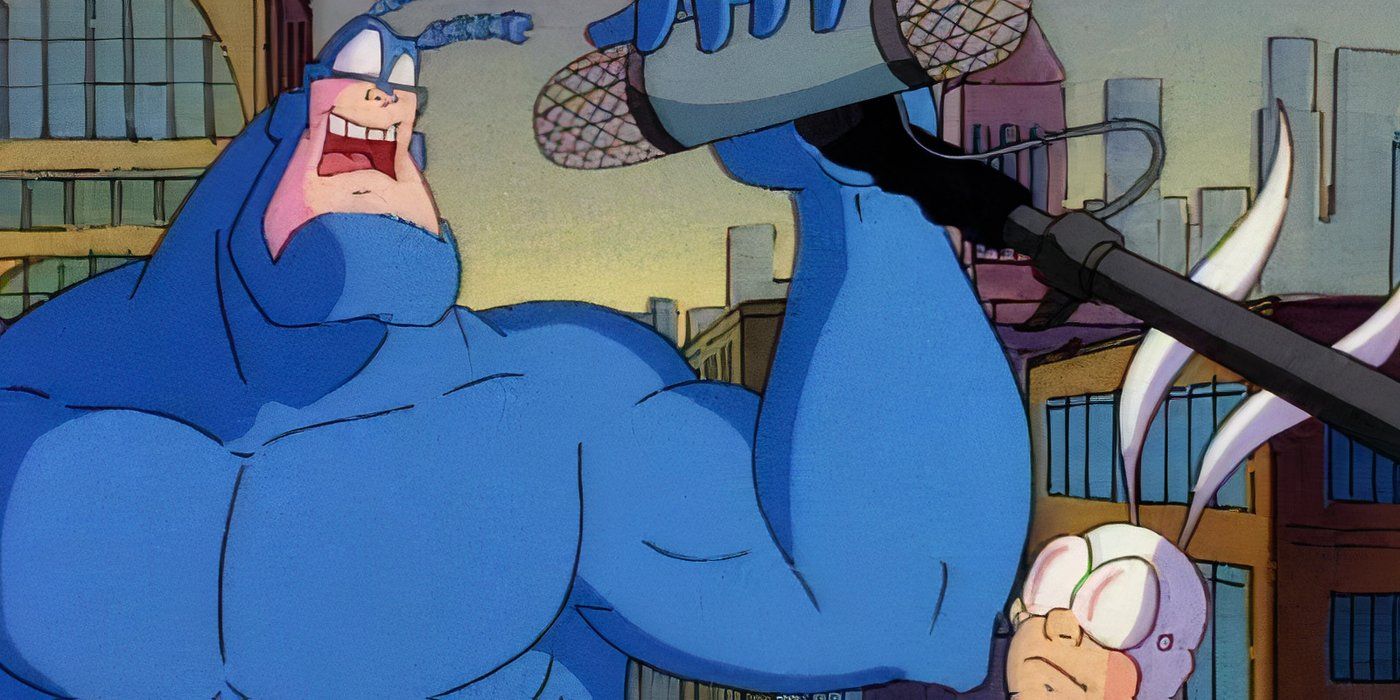
Considered to be one of the first satirical takes on the superhero genre, The Tick had moderate ratings when it was on the air, but conversations surrounding the animated TV show have subsided. The three seasons of The Tick show the titular superhero battling a villain with the help of his trusty sidekick, Arthur. Among the animated gems that come from ’90s television, The Tick is certainly worthy of a watch.
The Tick is based on a comic book series by the show’s creator Ben Edlund, and though some inappropriate humor was excluded from the animated series, The Tick still poked fun at superhero tropes. In addition to slapstick humor that highlighted the absurdities of superhero duties, The Tick also featured parodies of popular comic book heroes such as Sewer Urchin and American Maid, meant to represent Aquaman and Wonder Woman. The Tick’s comedic formula with such pop culture references and jokes is long-lasting as it’s still appreciated in superhero parody TV shows today.
8
Pepper Ann (1997-2000)
The Growing Pains Young Audiences Connected With
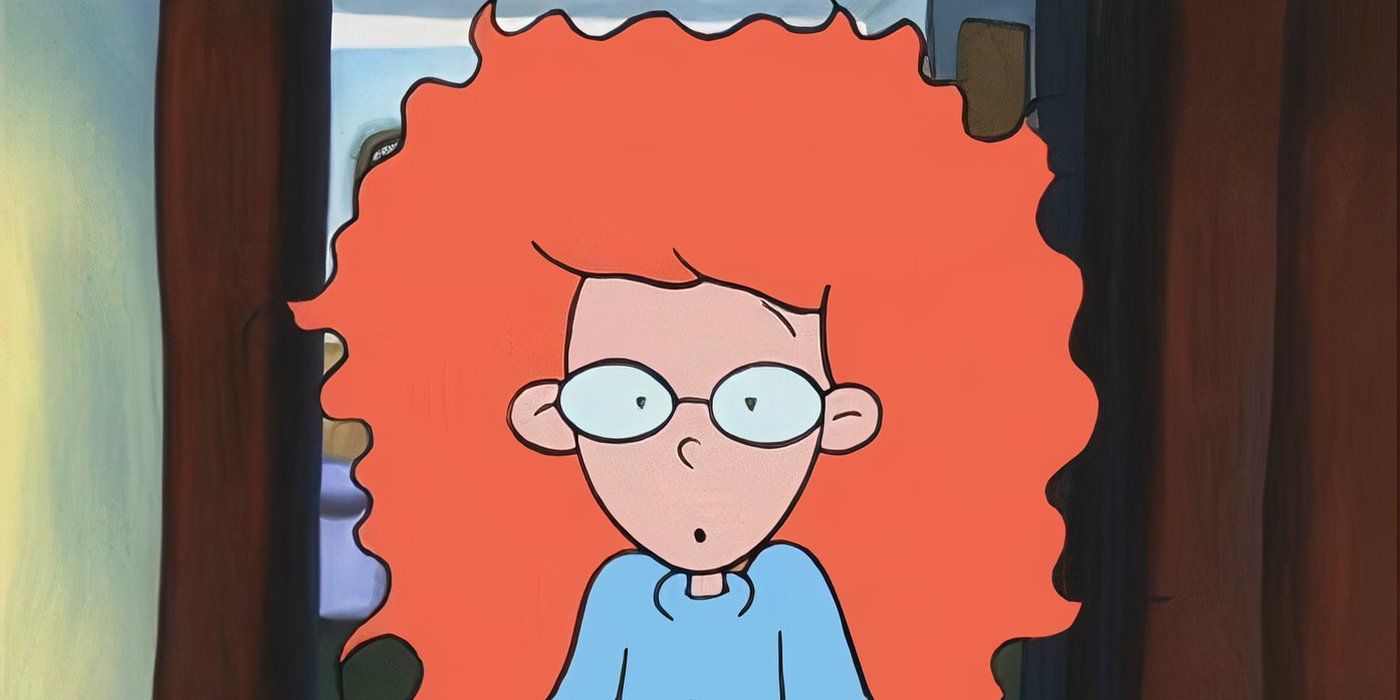
A younger and more eccentric version of Daria, Pepper Ann tends to fly under the radar when discussing animated series from the ’90s. Similar to Daria, Pepper Ann follows its titular character as she navigates the hardships of growing up, making for a series that continues to strike a chord with audiences who see themselves in the show’s characters. Where other children’s TV shows might include social commentary masked under the guise of analogies, Pepper Ann dealt with the issues head-on.
Pepper Ann was highly relatable for its young audience, especially adolescent girls, who found themselves in the same situations as the series’ protagonist. Whether it’s crushes on fellow students or entering into the world of societal beauty standards that come as one gets older, Pepper Ann understood which storylines connected best with its audience. Not only was Pepper Ann relatable as a main character, but she was also entertaining to watch, as many of her feelings were expressed through her striking imagination.
7
Bobby’s World (1990-1998)
A Peak Into The Wild Imagination Of A Child
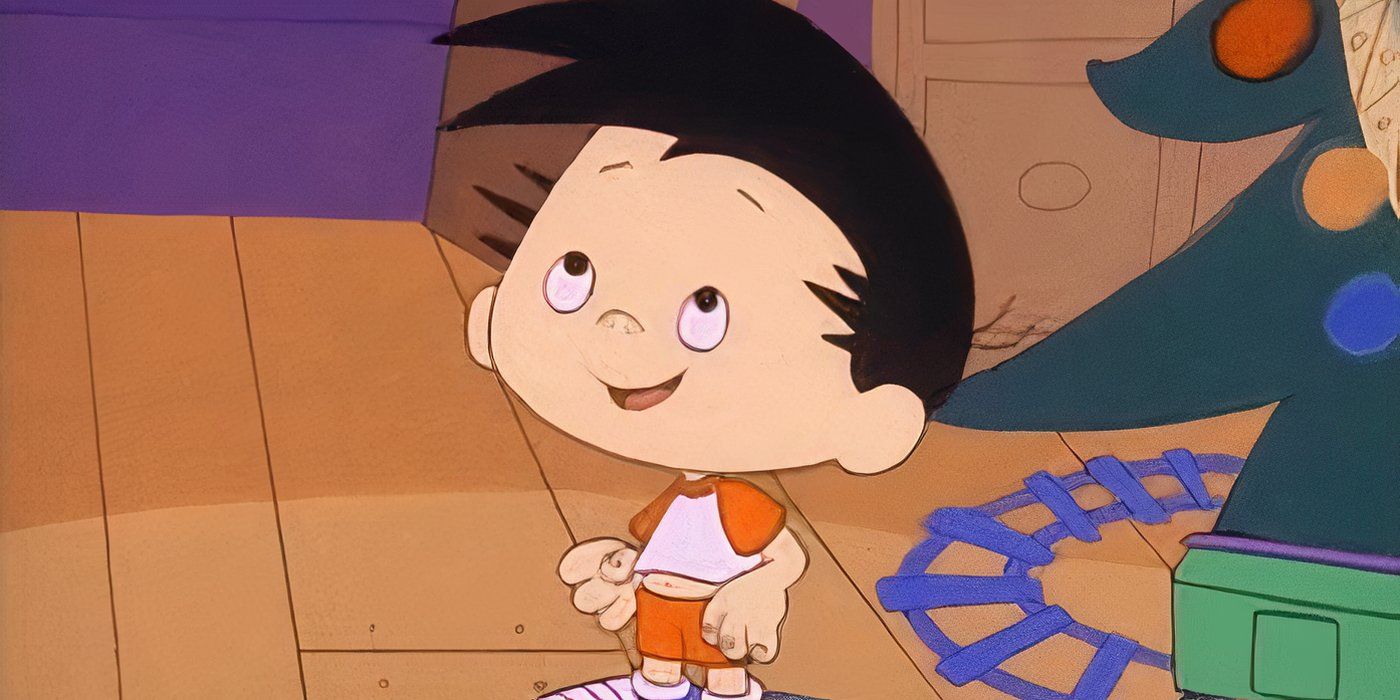
Inspired by the voice used by Howie Mandel in his stand-up routines at the time, Bobby’s World is a lighthearted exploration of a young boy’s imagination. Bobby Generic, voiced by Mandel, is the lead of the series who takes viewers on adventures in his lively imagination. The life scenarios in which Bobby would exaggerate were inspired by childhood stories of Mandel and his friends.
Bobby’s World lasted for an impressive seven seasons and was the longest-running series on Fox Kids’ Saturday morning block. However, the lovable TV show has become widely underrated as the years have gone by. The biggest factor playing into this is likely the tone of the show. The playfulness and format of Bobby’s World are aimed at audiences aged closer to the four-year-old boy, but the vibrancy and creativity in the series’ writing and animation can be appreciated by all ages.
6
Bucky O’Hare and the Toad Wars! (1991)
Sentient Animals Fight Battles In Space
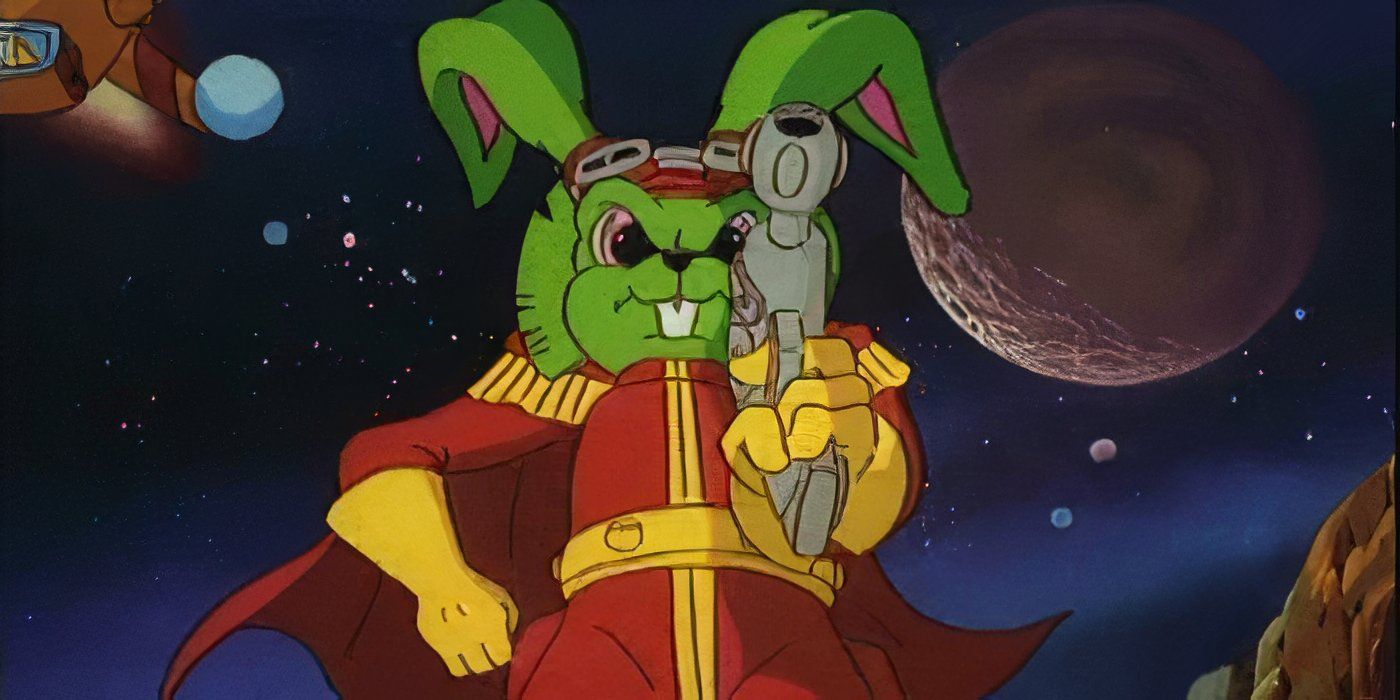
Many of the best Saturday morning cartoons from the ’80s were spawned from emerging toy lines, and it’s a trend that seeped into the following decade. Unfortunately, the concept was becoming increasingly tired with each new animated TV show based on action figures, leaving shows like Bucky O’Hare and the Toad Wars! to underperform. Bucky O’Hare and the Toad Wars! was made to sell merchandise, but the demand for such items wasn’t sizable and the series was canceled after 13 episodes.
For as short-lived as Bucky O’Hare and the Toad Wars! was, it still managed to produce a riveting TV adaptation of the original comic book series. Just as he did in the comics, Bucky O’Hare and fellow crew members fight to protect their home planet from their nemeses, the Toad Empire. Bucky O’Hare and the Toad Wars! combined two timeless aspects of children’s media — interplanetary settings and sentient animals — and made a fairly executed TV show that had the potential to grow into something big.
5
Aaahh!!! Real Monsters (1994-1997)
Oddly Looking Monsters Learn How To Scare
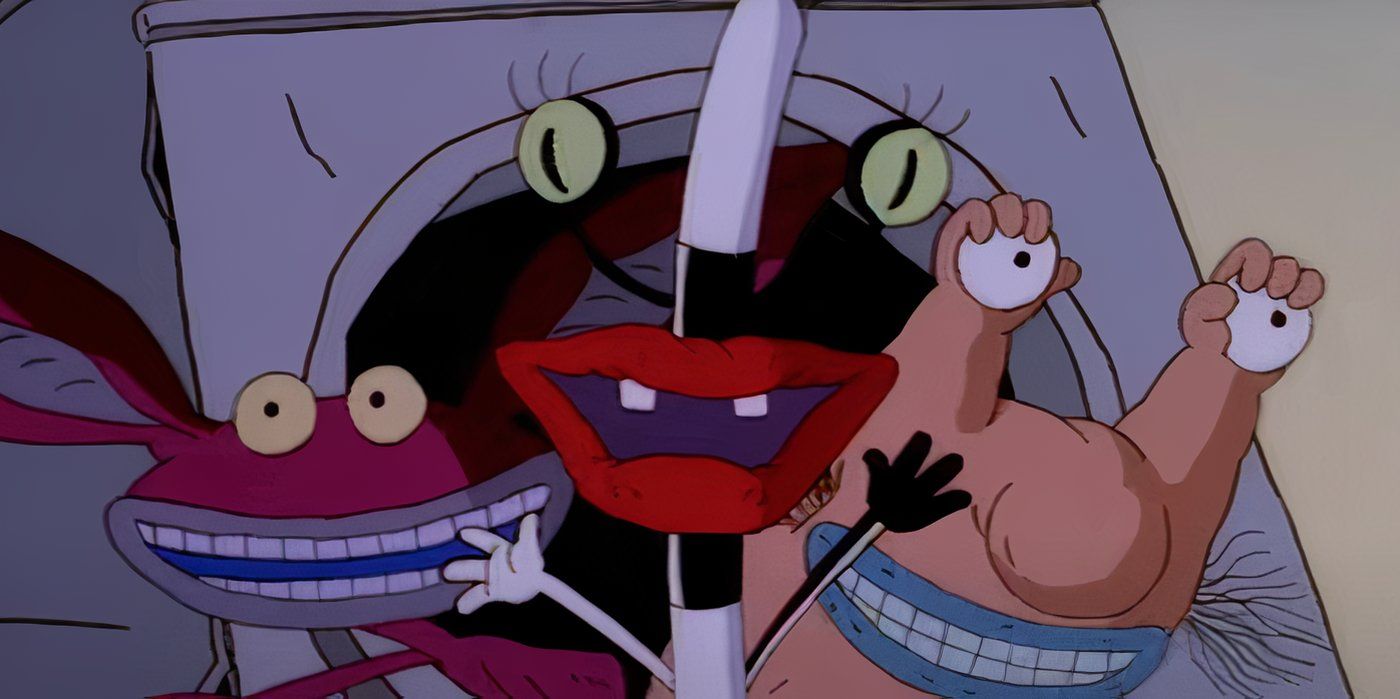
Known for his unique aesthetic in popular Nicktoons such as Rugrats and The Wild Thornberrys, Gábor Csupó created his third animated series for the network, Aaahh!!! Real Monsters. Similar to much of his previous and future work, Aaahh!!! Real Monsters includes distinct character designs for its three main monster characters. There’s no exact reason why the TV show fails to get mentioned as much as other Nickelodeon cartoons, but the humor and premise of the show are ones that general audiences would continue to enjoy.
As Aaahh!!! Real Monsters‘ characters were learning how to scare in monster school, bold humor and gags were added copiously in the show’s writing. It’s the same type of humor that was a hit in Csupó’s other work and the concept of monsters learning ways of scaring was greatly adored in Pixar’s Monsters, Inc. a few years after the series finale. Aaahh!!! Real Monsters had all the proper elements for success and, despite its minimal impact, it has great replay value.
4
Toxic Crusaders (1991)
An Odd Group Of Superheroes Fights Villains And Pollution
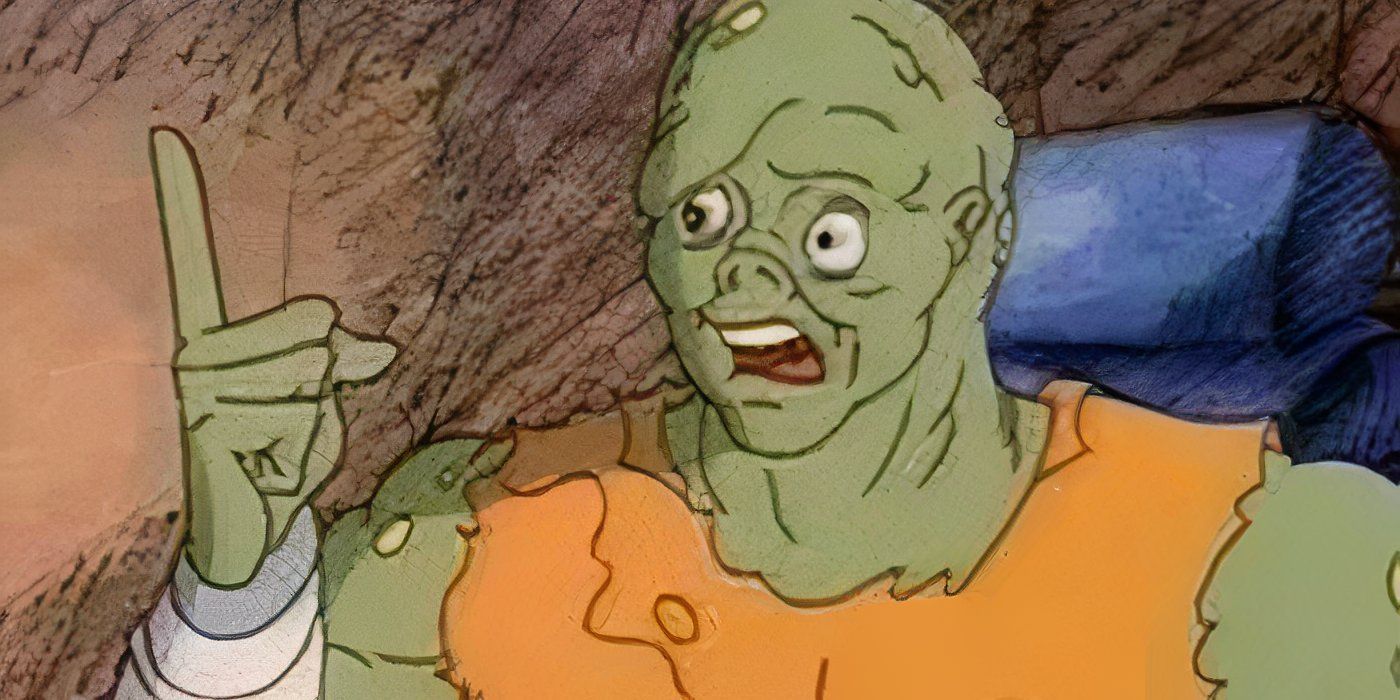
Transforming an R-rated live-action film into a kid-friendly animated TV show isn’t a simple task, but Toxic Crusaders did it with ease in the early ’90s and has yet to receive proper credit for doing so. Based on the Toxic Avenger films, Toxic Crusaders follows a group of unlikely superheroes living among pollution. While some subtle adult jokes were included in the show’s dialogue, the animated series is tonally different from the original films.
Fun character changes in Toxic Crusaders include a sentient mop that helps the lead hero, Toxie, in his fight against the town’s villains. Such creative changes to character’s abilities and personalities made Toxic Crusaders a great watch for kids and their parents who may have been familiar with the live-action films. However, in a competition against other popular animated teams of crime fighters, Toxic Crusaders was unsuccessful. Still, the 13 episodes of Toxic Crusaders are a treasure from the ’90s and are just as entertaining by today’s standards of kid’s shows.
3
Samurai Pizza Cats (1990-1991)
Three Heroic Cats Save Their City
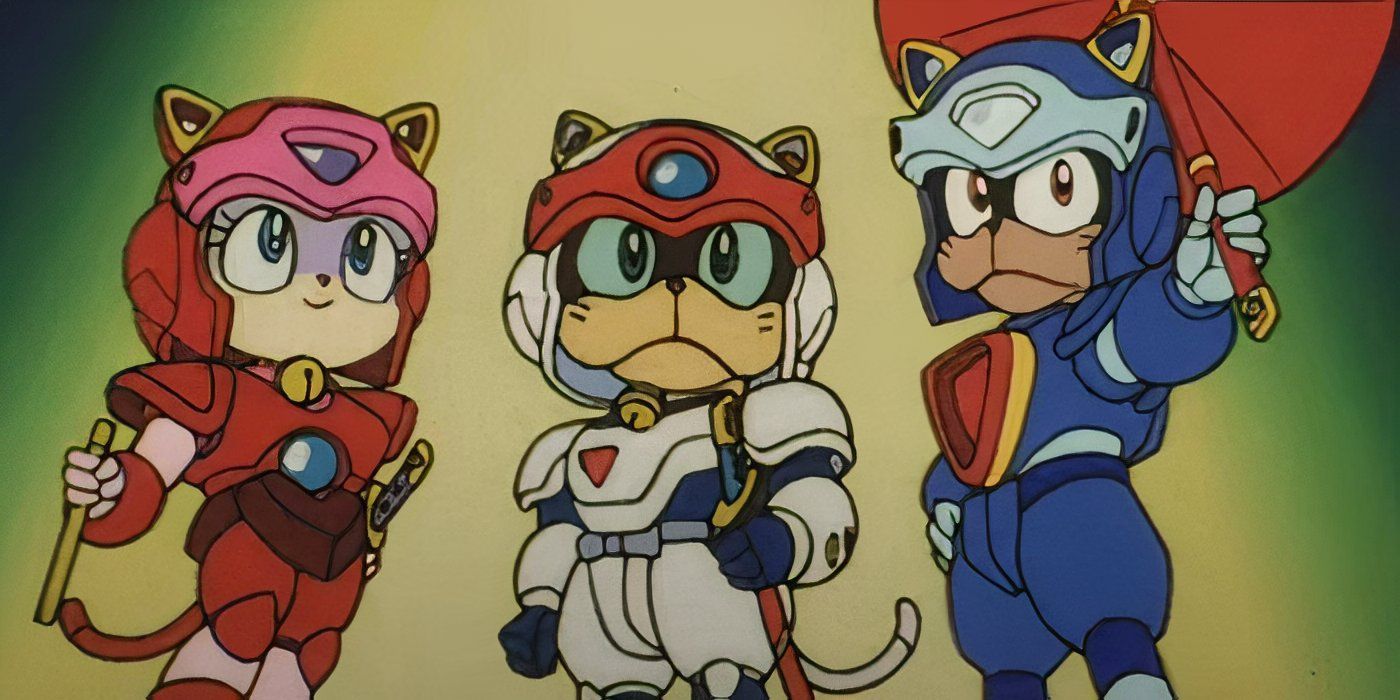
The Teenage Mutant Ninja Turtles aren’t the only heroes associated with pizza. Samurai Pizza Cats, originally a Japanese anime series, follows its titular heroes who work at a pizzeria when they’re not fighting the city council’s leader, Big Cheese. Once Saban Entertainment earned the rights to the series in 1991, the English translations shifted the show’s tone and created something far more absurd than the original series.
The silliness of Samurai Pizza Cats made the series stand out among other animated TV shows at the time, especially those centered on a group of heroes. With unique character names such as Speedy Cerviche, Polly Esther, and Guido Anchovy, Samurai Pizza Cats never failed to ignite laughter from audiences. With constant pop culture references, including nods to other popular TV shows at the time, Samurai Pizza Cats is a true representation of youth culture from the decade.
2
Freakazoid! (1995-1997)
A Superhero Comedy That Doesn’t Take Itself Too Seriously
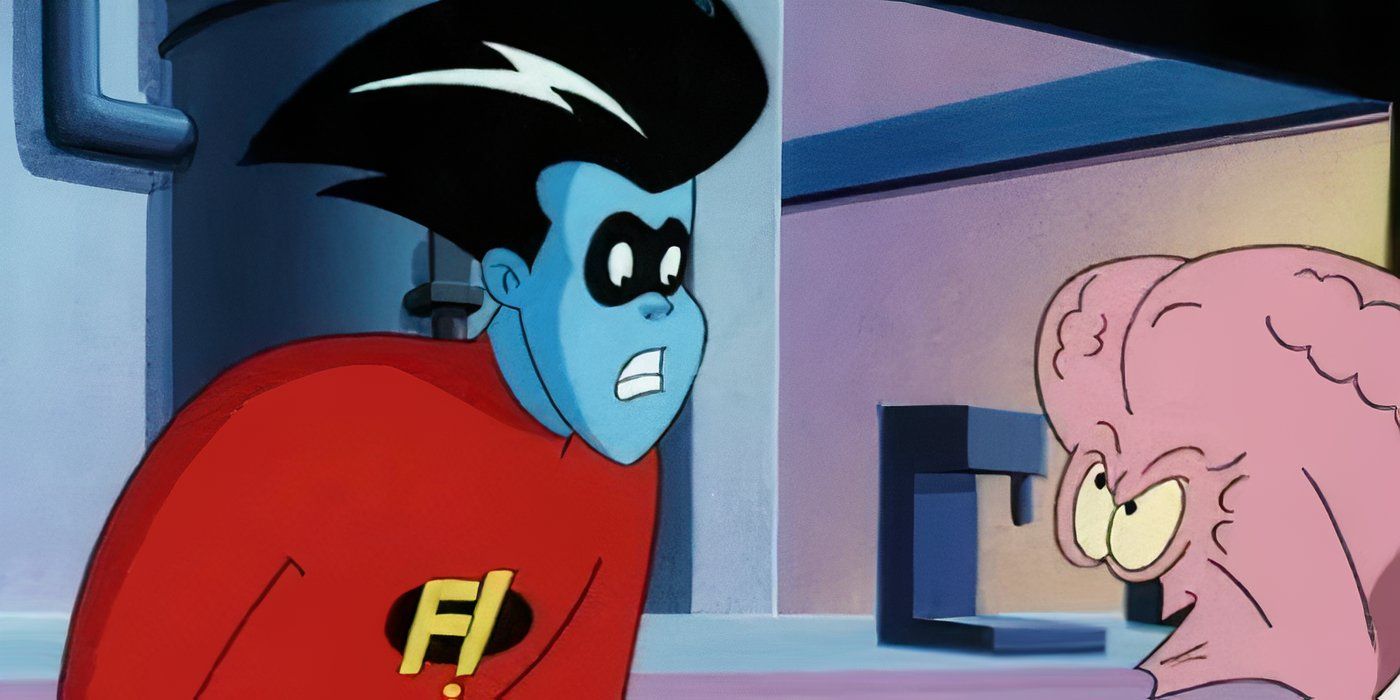
Steven Spielberg is known for his acclaimed work in film, but he’s also worked as an executive producer for a few shows as well. Spielberg is the one who suggested Freakazoid! should be a comedy, making it the stand-out show it’s known as today. Originally meant to be a standard superhero action series, Freakazoid! became a comedic outlook on the genre that had its characters highly self-aware of their occupation.
Freakazoid! relies heavily on pop culture references and slapstick humor, but it never feels overdone. This is helped by the series only lasting for 24 episodes, but the genre commentary and cameos from other Warner Bros. animated characters allowed for a connection between audiences and the fictional characters. As other cartoon comedies found greater success, Freakazoid! lost its popularity, but it remains an exceptional example of parody comedy.
1
Street Sharks (1994-1997)
Anthropomorphic Sharks Fight Various Mutant Animals
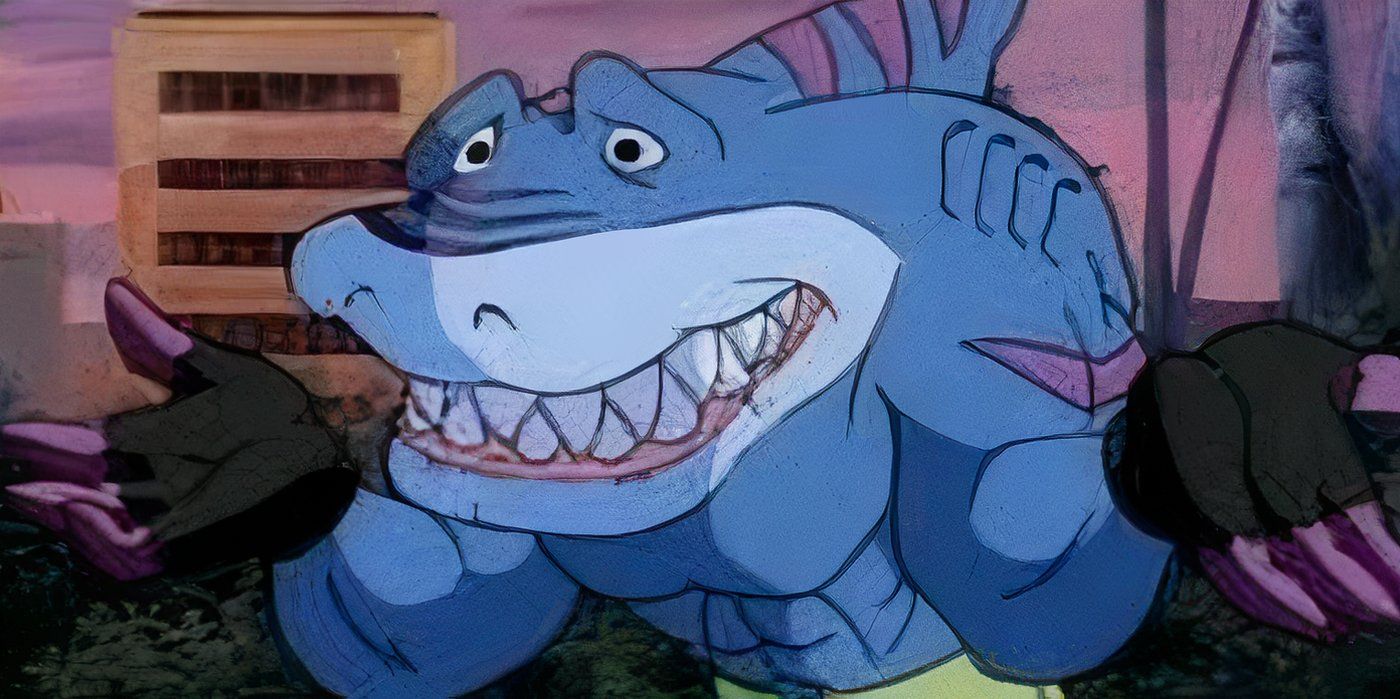
Created to promote a toy line of the series’ action figures, Street Sharks is an underrated animated series that holds up just as much as its competitors from the same era. Street Sharks starts with an intriguing setup as two university professors have a falling out after working on technology that can turn aquatic animals into anthropomorphic creatures. One professor, Dr. Paradigm, turns the other’s sons into half-men, half-sharks and the rest of the series sees the sharks fighting other mutant animals created by Paradigm.
Resembling other superhero TV shows at the time, Street Sharks was enjoyable, but ultimately formulaic and, because of this, it didn’t have the success of similar shows. Nevertheless, the characters were dynamic and well-written, and their various enemies were never repetitious. Though Street Sharks isn’t talked about as much anymore, there is still a passionate fan base for the ’90s cartoon, and a 30th-anniversary collection of the series’ action figures was announced at the beginning of 2024.
